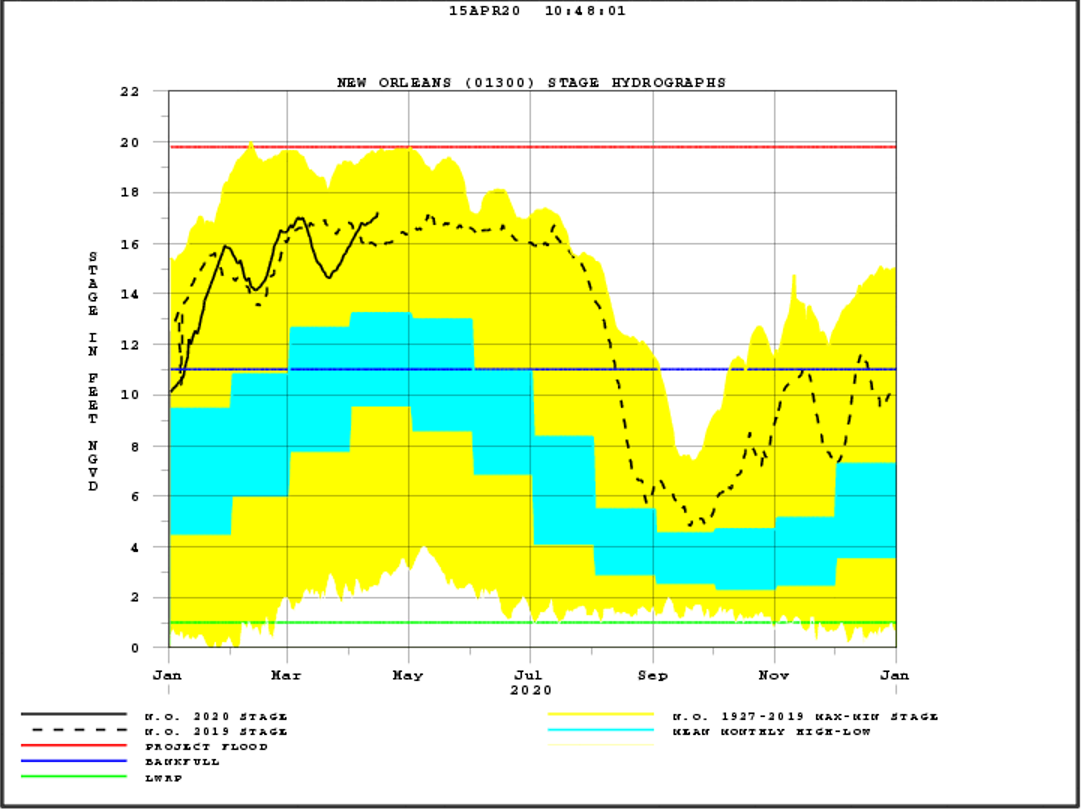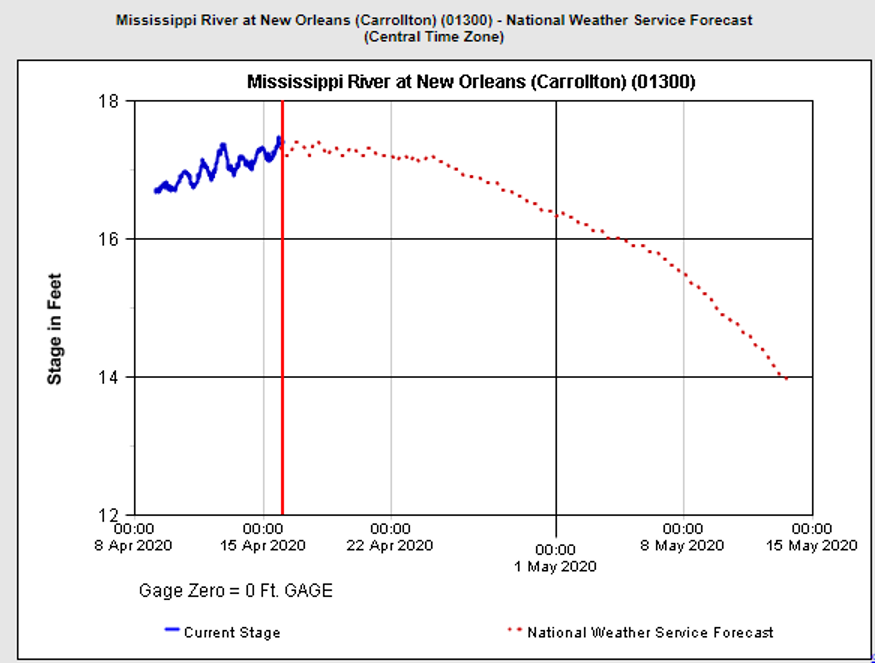在汛期期间,随着水流和浅滩的变化,可能会导致锚的丢失、污染、缠绕,搁浅和系泊设备的损坏。
密西西比河的汛期一般在12月到5月之间,最高水位通常出现在2月到5月之间。这四个月往往被错误地认为是唯一的汛期。然而,一年中会多次出现高水位、水流增加和浅滩现象。据悉,这些情况有时发生在1月至8月。由于大片土地流入河流、春季的强降水和融雪可能会导致水位的快速变化,所以对该地区的长期预测往往是不准确的。
在2019年,密西西比河的汛期一直持续到8月份。到目前为止,2020年的水位似乎和2019年的模式相似。Gard协会发现,密西西比河地区在2019年的汛期期间,发生过许多涉及锚丢失、被缠绕,搁浅和系泊设备损坏的事故。
高水位、强水流和浅滩可能会导致船期延迟,并使锚泊设备损坏、吃水和航行受到限制、需要拖船和引航员协助、系泊和抛锚条件变得困难,从而导致额外费用产生。如果需要额外的拖船和引航员协助,可能会产生相当多的额外费用。
建议-要积极主动
● 与当地代理、美国海岸警卫队、美国国家气象局进行沟通,了解有关河流状况、预报和限制措施的最新信息。典型的限制措施可能包括强制引航和对深吃水船只强制拖带,仅在白天航行和系泊,速度和单向交通限制,特定的系泊、抛锚指令和吃水限制(可在短期内更改)。
● 锚和系泊设备必须处于良好的工作状态,船员应熟悉设备的限制。
● 在高水位和强水流处抛锚需要对锚的位置、设备的限制、天气、水流、风力和河床的状况以及当地的限制条件有一定的认识和适当的监测。可能会需要额外的拖轮和引航服务。
● 丢锚是一个常见的问题,将造成延误并为满足美国海岸警卫队对救助、额外拖轮和引航服务的要求而增加额外的费用。锚的故障通常是由于缺乏对锚、锚链和起锚机的维修保养,或由于拖拽力过大,或在起锚过程中超载,或水流和天气条件超出IACS设定的限制。
● 注意“开放式系泊”锚地、中游浮标系泊处以及在泊位中关于锚和系泊缆绳安排方面的挑战。也要密切监控锚和系泊缆绳、偏航,并熟悉如何处理这些情况。如果有必要的话,可向码头申请协助,并考虑拖轮或引航员的协助。
如果船舶经营者没有做好准备,在密西西比河汛期期间航行可能会带来巨大损失,包括延迟、船舶和设备的损坏、雇用拖轮和引航员协助的高昂费用。当情况变得严重、成本可能迅速增加时,建议采取谨慎和充分的行动。
内容主要来源:Gard 保赔协会
本文仅供参考,如有需要,欢迎随时联系我司。
电话:0532-82971085
邮箱:claim@tznconsult.com
info@tnzconsult.com
marine@tnzconsult.com
审核:王凤景
编辑:宋 雪
原文附后
High water season in the Mississippi River - beprepared
The changingconditions with currents and shoaling during the period of high water can leadto loss of, fouled or entangled anchors, groundings and broken moorings.

ALERT
16 APR 2020
The high water season in the MississippiRiver is generally said to be between December and May with the highest waterlevels usually occurring between February and May. This four-month period isoften incorrectly thought to be the only highwater season. However, episodes ofhigh water, increased currents and shoaling can be experienced at many times ofthe year and are known to have sometimes occurred from January to August. Longterm forecasts for the area may be inaccurate as huge land areas drain into theriver and heavy precipitation and snow melt in Spring may lead to rapid changesin the water levels.
During 2019 the Mississippi River sawhigh water levels until August. The water levels so far in 2020 appear tofollow a similar pattern to 2019. Gard saw a number of incidents involving lossof anchors, entangled anchors, groundings and broken moorings in theMississippi River area during the high-water period last year.
High water, strong currents and shoalingcan cause delays and result in extra costs as a result of damage to anchors andmooring equipment, draft and navigation restrictions, extra tugs and pilotassistance, and difficult mooring and anchoring conditions. There may beconsiderable additional expenses if extra tugs and pilot assistance arerequired.
Recommendations - be proactive
· Check with local agents, the USCG Marine safetyInformation Bulletins (MSIBs) and the US National Weather Service for thelatest information on river conditions, forecasts, and restrictions in place ifany. Typical restrictions may include mandatory pilotage and tugs for deepdraft vessels at anchor, daylight navigation and mooring only, speed andone-way traffic restrictions, specific mooring and anchoring instructions anddraft restrictions (which can change at short notice).
· Anchor and mooring equipment must be in good workingorder and the crew should be familiar with the limitations of the equipment.
· Anchoring in high water and high currents requiresawareness and proper monitoring of anchor position, limitation of equipment,weather, current, wind and riverbed condition as well as local restrictions inplace. Additional tug and pilot services may be necessary.
· Loss of anchors is a common problem and will cause delaysand incur extra costs as a result of compliance with USCG requirements asregards salvage, extra tugs and pilot services. Failure of anchors is typicallycaused by lack of maintenance of the anchor, chain and windlasses, or holdingpower exceeded due to dragging, exceeded load during heaving of fouled anchors,or current and weather conditions exceeding IACS design limitations.
· Be aware of challenges with “open moor” anchorage,midstream buoy moorings and at berths with regards to anchor and mooring linearrangements. Also closely monitor anchors and mooring lines, yawing orfishtailing effects and be familiar with how to handle such situations. Requestassistance from the terminal and consider tug and pilot assistance ifnecessary.
High water in the Mississippi River canbe costly if ship operators are not prepared, with delays and damage to shipand equipment and the need to hire expensive assistance from tugs and pilot.Prudent and ample action is recommended should an incident develop assituations and costs may escalate quickly.
We are grateful to our correspondents inNew Orleans, Fernandes Maritime Consultants, and our correspondents,Independent Maritime Consulting, for the information received.

Source:https://rivergages.mvr.usace.army.mil/WaterControl/Districts/MVN/car.gif

Source: https://rivergages.mvr.usace.army.mil/WaterControl/shefgraph-forecast2.cfm?sid=01300&fid=NORL1&d=7&dt=S
本文仅代表作者个人观点,与信德海事网无关。信德海事网仅转载,免费分享给大家,其原创性以及文中陈述文字内容和图片未经本站证实,对本文以及其中全部或者部分内容文字、图片的真实性、完整性、及时性本站不作任何保证或承诺,请读者仅作参考,并请自行核实相关内容。如果因此而产生的法律纠纷,与信德海事网无关。如涉及侵权等相关事宜,请联系本站,我们会在第一时间删除。
投稿或联系信德海事:
media@xindemarine.com

07-02 来源:厦远船员管理
10-13 来源: 连云港海事
10-04 来源:信德海事网 郭建平
08-02 来源:信德海事网
06-07 来源: 海丰保险
01-19 来源:信德海事网
08-25 来源:雪球
07-24 来源:信德海事网
08-10 来源:信德海事网
10-28 来源:信德海事网